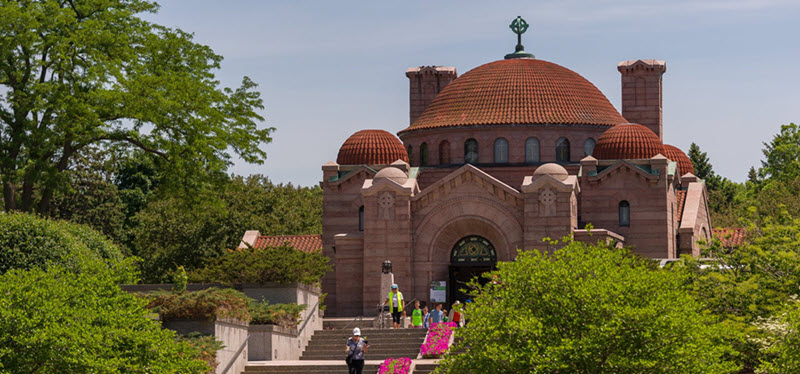Definition
Landmarks and historic districts reflect our City’s history. They are properties or areas that are designated by City Council.
Heritage Preservation Commission (HPC)
The Heritage Preservation Commission is an appointed group of residents.

Landmarks and historic districts reflect our City’s history. They are properties or areas that are designated by City Council.
The Heritage Preservation Commission is an appointed group of residents.